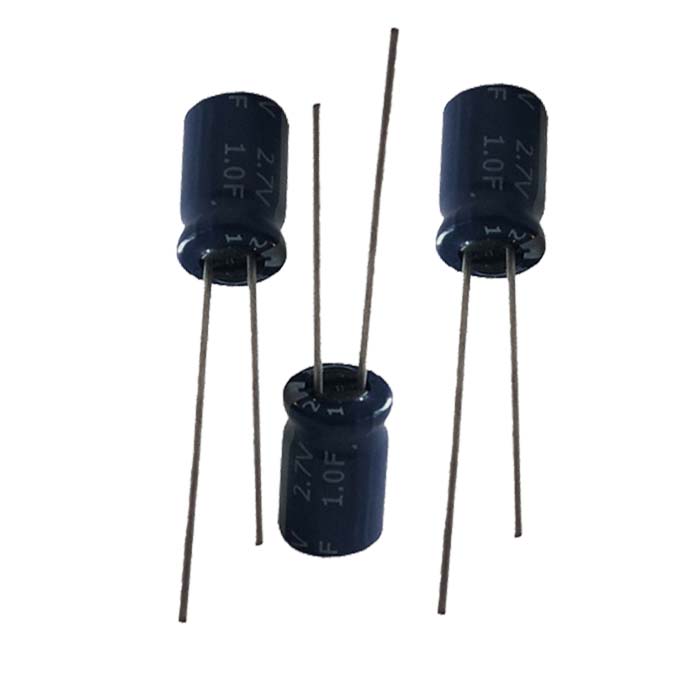Consulting phone:
135-3037-2041
(Mr.Wang)
Supercapacitor is a brand-new capacitor based on the interface electric double layer theory proposed by German physicist Helmholtz (1821-1894).
It is well known that excess charges with opposite signs will appear on the surface of the metal electrode inserted into the electrolyte solution and on both sides of the liquid surface, resulting in a potential difference between the phases.

Then, if two electrodes are inserted into the electrolyte at the same time, and a voltage lower than the decomposition voltage of the electrolyte solution is applied between them, then the positive and negative ions in the electrolyte will quickly move to the two poles under the action of the electric field, and will be separated at the two poles respectively. The surface of the upper electrode forms a dense charge layer, the electric double layer.
The electric double layer formed by it is similar to the polarized charge generated by the dielectric in the traditional capacitor under the action of the electric field, resulting in a capacitive effect. The tight electric double layer is similar to the plate capacitor . The distance between the charge layers is much smaller and thus has a larger capacity than ordinary capacitors.
Compared with aluminum electrolytic capacitors , electric double layer capacitors have larger internal resistance, so they can be directly charged without load resistance. If overvoltage charging occurs, electric double layer capacitors will open circuit without damaging the device. This feature is related to The overvoltage breakdown of aluminum electrolytic capacitorsAt the same time, compared with rechargeable batteries, electric double layer capacitors can be charged without current limit, and the number of charging times can reach more than 10^6 times. Therefore, electric double layer capacitors not only have the characteristics of capacitance, but also have battery characteristics. A new type of special component between batteries and capacitors.